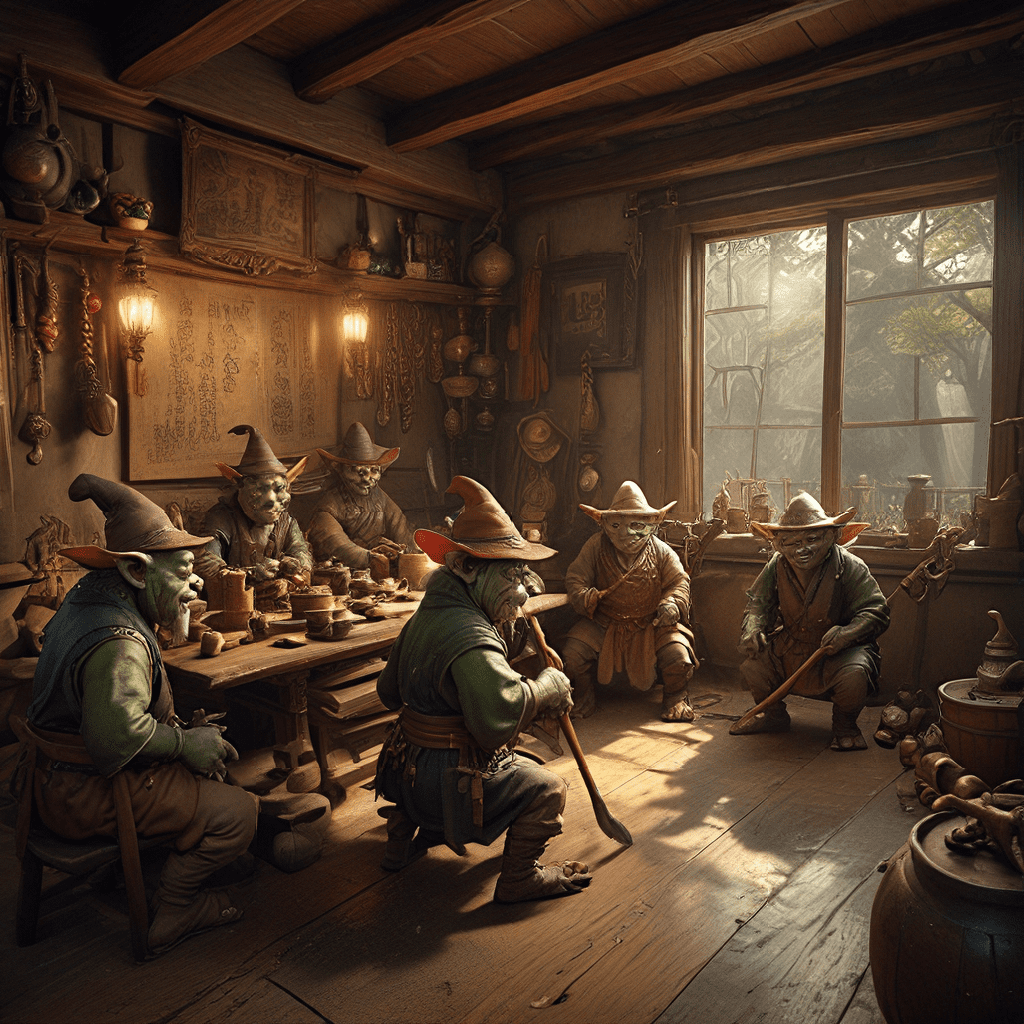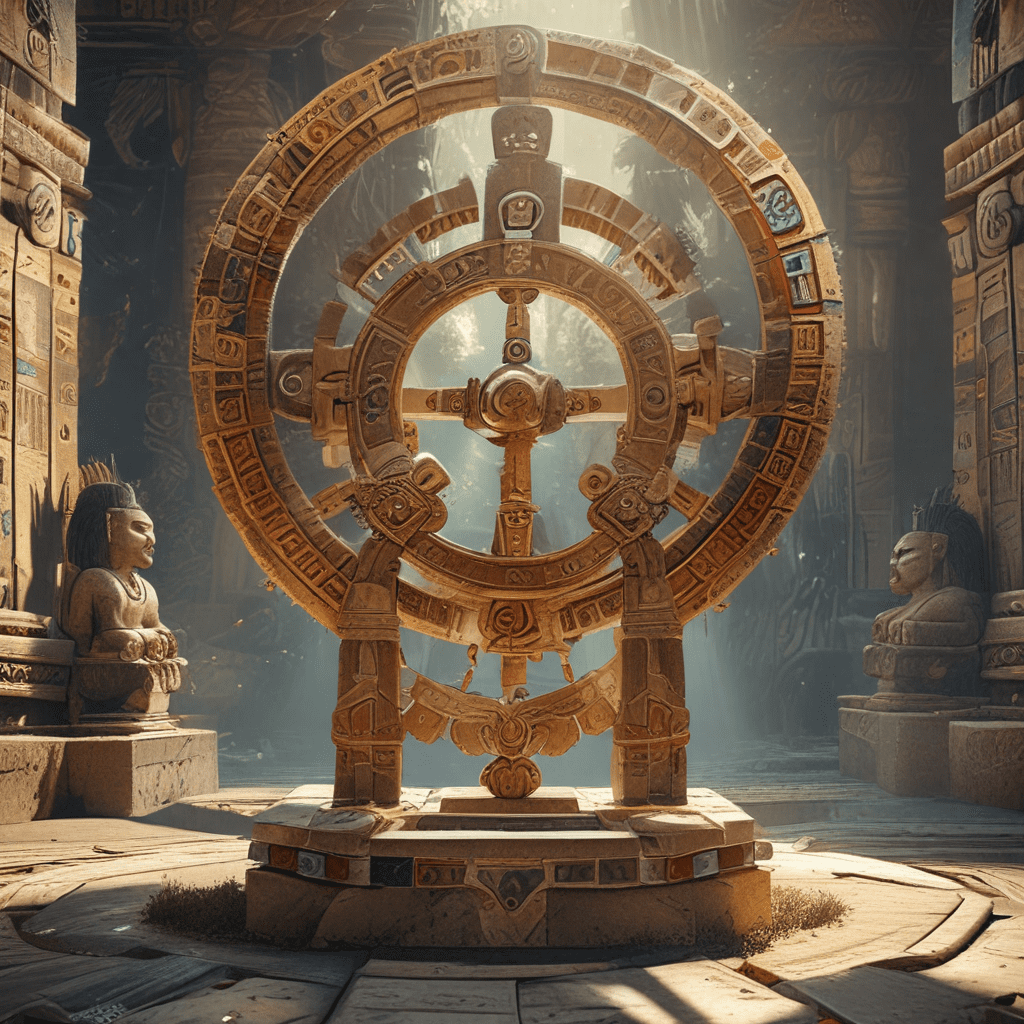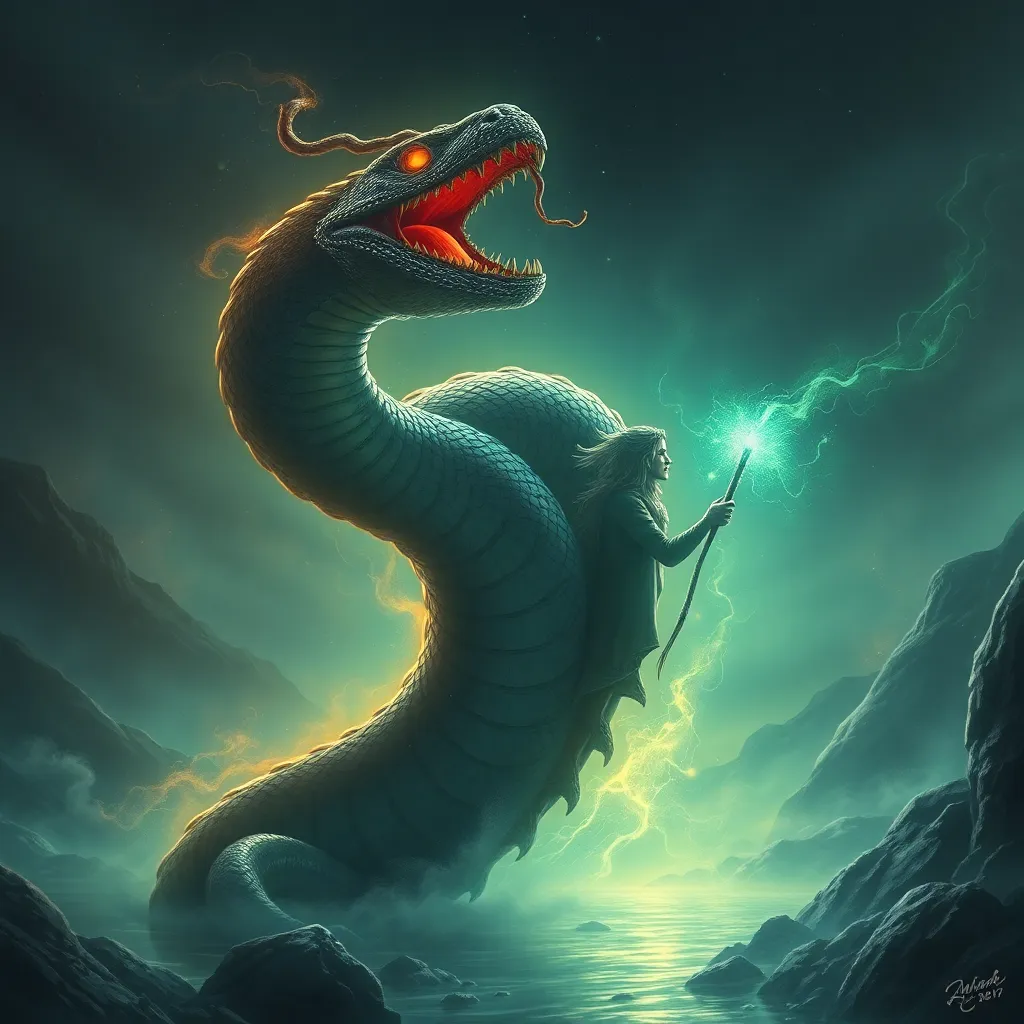The Goblin’s Club: A Misunderstood Symbol
In the intricate tapestry of Korean folklore, the goblin's club, often depicted as a fearsome weapon, holds a unique place. This mythical object, shrouded in legends and stories passed down through generations, has long been associated with the supernatural, evil, and power. However, delving deeper into its symbolic meaning reveals a fascinating story of societal fears, cultural beliefs, and the enduring power of storytelling.
The Goblin’s Club in Korean Folklore
The goblin's club, known as the "Dokkaebi Meokgeori" in Korean, is deeply rooted in the folklore of the peninsula. It is often described as a formidable weapon made of iron or wood, and said to be wielded by the mischievous and often malevolent creatures known as "Dokkaebi" or "goblin." These supernatural beings are believed to inhabit the mountains, forests, and even the homes of humans, capable of both mischief and mayhem. They are often depicted with long horns, ferocious faces, and a lust for human flesh.
The Goblin’s Club as a Weapon
The goblin's club is a vital element in many Korean folktales. It serves as a powerful symbol of the goblin's strength and ability to inflict harm. The club is often described as being capable of crushing rocks, breaking bones, and even causing death. In many stories, the goblin uses the club to terrorize humans who have angered them, or to steal their possessions.
The Goblin’s Club as a Symbol of Power
Beyond its practical application as a weapon, the goblin's club also carries a symbolic meaning. It represents the power and dominance of the goblin over the human world. The sheer size and strength of the club suggest that the goblin is a force to be reckoned with, capable of imposing its will on those who dare to cross it. The club is a visual reminder of the supernatural realm's potential to disrupt and destabilize the human world.
The Goblin’s Club in Korean Art and Literature
The goblin's club is a prominent feature in Korean art and literature, further underscoring its significance in the cultural consciousness. It is often depicted in traditional paintings, woodblock prints, and even ceramics, serving as a visual reminder of the goblin's presence in the human world. In literature, the club is frequently mentioned in folktales, poems, and even plays, illustrating its deeply ingrained role in Korean storytelling.
The Goblin’s Club and the Concept of Evil
The goblin's club is deeply intertwined with the concept of evil in Korean folklore. It symbolizes the dark side of the supernatural world, its potential to disrupt harmony and bring chaos into human lives. The goblin, wielding its club, becomes a manifestation of fear, a reminder of the unseen forces that could threaten human well-being. The club's association with evil reflects a deep-seated belief in the duality of human existence, the constant struggle between good and evil. It serves as a cautionary tale, urging people to be wary of the supernatural and to live virtuous lives.
The Goblin’s Club: A Representation of the Supernatural
The goblin's club is a powerful representation of the supernatural in Korean mythology. It embodies the mystery and the unknown, the forces that lie beyond human comprehension. The club's presence in stories and art serves to remind people of the existence of unseen powers, both benevolent and malevolent, that might influence their lives. It highlights the importance of understanding and respecting the supernatural realm, even if it remains largely unknown.
Theories Behind the Goblin’s Club
The origins of the goblin's club myth are shrouded in mystery. Some scholars believe it may have originated from ancient shamanistic rituals, where the club represented a symbol of power and authority. Others suggest its roots lie in the fear of natural disasters, with the goblin's club serving as a metaphor for the destructive power of nature. Still others argue that the club was a way of explaining and controlling the unknown, a tool for making sense of the chaotic forces that existed beyond the human understanding.
The Goblin’s Club: A Reflection of Societal Fears
The goblin's club myth is a reflection of societal fears and anxieties. In a world where supernatural beliefs held sway, the goblin's club became a symbol of the unknown, a means of externalizing fears and anxieties. These fears could range from the fear of the natural world, to the fear of poverty and social upheaval, to the fear of being ostracized by society. The goblin, wielding its club, became a projection of these anxieties, a way of giving physical form to the things that people feared most.
The Goblin’s Club: A Tool for Social Control
The goblin's club myth was also used as a tool for social control. By reinforcing the fear of the supernatural, stories about goblins and their clubs discouraged people from engaging in behaviors that were deemed undesirable by society. For example, stories about goblins punishing those who disobeyed societal norms served to reinforce those norms, ensuring that people behaved in a manner that was deemed acceptable. The goblin's club became a symbol of the consequences of defying social rules, a constant reminder of the power of the supernatural to punish those who stepped out of line.
FAQ
Q: What is the "Dokkaebi Meokgeori"?
A: The "Dokkaebi Meokgeori" is the Korean term for the goblin's club. It is a weapon often associated with the mischievous and sometimes malevolent goblins known as "Dokkaebi" in Korean folklore.
Q: What is the significance of the goblin's club in Korean culture?
A: The goblin's club is a powerful symbol in Korean culture, representing the supernatural, evil, and power. It reflects societal fears, beliefs, and the enduring power of storytelling.
Q: What is the role of the goblin's club in Korean folktales?
A: The goblin's club is a vital element in many Korean folktales, symbolizing the goblin's strength and ability to inflict harm. It serves as a powerful reminder of the supernatural realm's potential to disrupt and destabilize the human world.
Q: What are some possible origins of the goblin's club myth?
A: The origins of the goblin's club myth are not fully understood. Some scholars suggest it might have originated from ancient shamanistic rituals, others link it to the fear of natural disasters, and some believe it was a way to explain and control the unknown.
Q: What is the connection between the goblin's club myth and social control?
A: The goblin's club myth was used as a tool for social control by reinforcing the fear of the supernatural. Stories about goblins and their clubs discouraged people from engaging in behavior deemed undesirable by society, serving as a constant reminder of the consequences of defying social rules.



